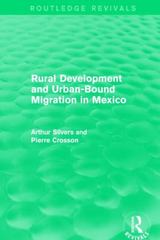Question
Describe approaches which can be adopted by multinational companies to minimisecorporation tax charges. [6] (i) State the main uses of financial futures. [4] (ii) Describe
Describe approaches which can be adopted by multinational companies to minimisecorporation tax charges. [6]
(i) State the main uses of financial futures. [4]
(ii) Describe the role of margin within a futures contract. [3]
A coffee producer has negotiated a contract to sell 1,000 tonnes of coffee in two months' time at the then current market price.
The current market information is:
Current spot price of coffee 100 per tonne Futures price for delivery in 1 month 95 per tonne
Futures price for delivery in 2 months 92 per tonneEach futures contract is for delivery of 10 tonnes of coffee.
(iii) Calculate how the producer could hedge its exposure using these futures. [2]
The spot price in two months' time turns out to be 103 per tonne.
(iv) Determine the cashflows that the producer would experience if the futures
contracts in part (iii) are held to expiry. [3]
An pensionist to a very large defined benefit pension scheme has undertaken a review ofthe mortality experience of the pensioner members over the previous year. A scheme
manager has suggested that the mortality assumption for the forthcoming actuarial
valuation should be set in accordance with the crude rates underlying this experience.
(i) Outline the reasons why this may not be a suitable proposal. [4]
(ii) Suggest how the proposal could be adapted to provide a more reliable
mortality assumption. [6]


Step by Step Solution
There are 3 Steps involved in it
Step: 1

Get Instant Access to Expert-Tailored Solutions
See step-by-step solutions with expert insights and AI powered tools for academic success
Step: 2

Step: 3

Ace Your Homework with AI
Get the answers you need in no time with our AI-driven, step-by-step assistance
Get Started


